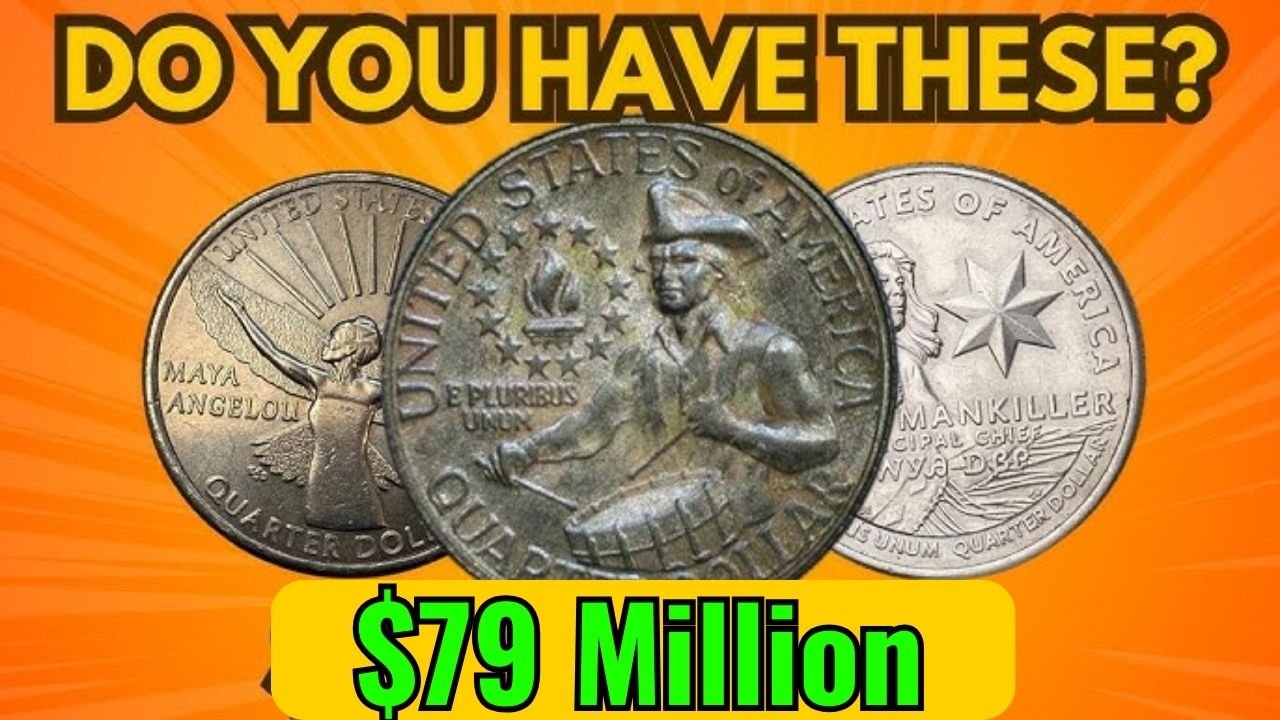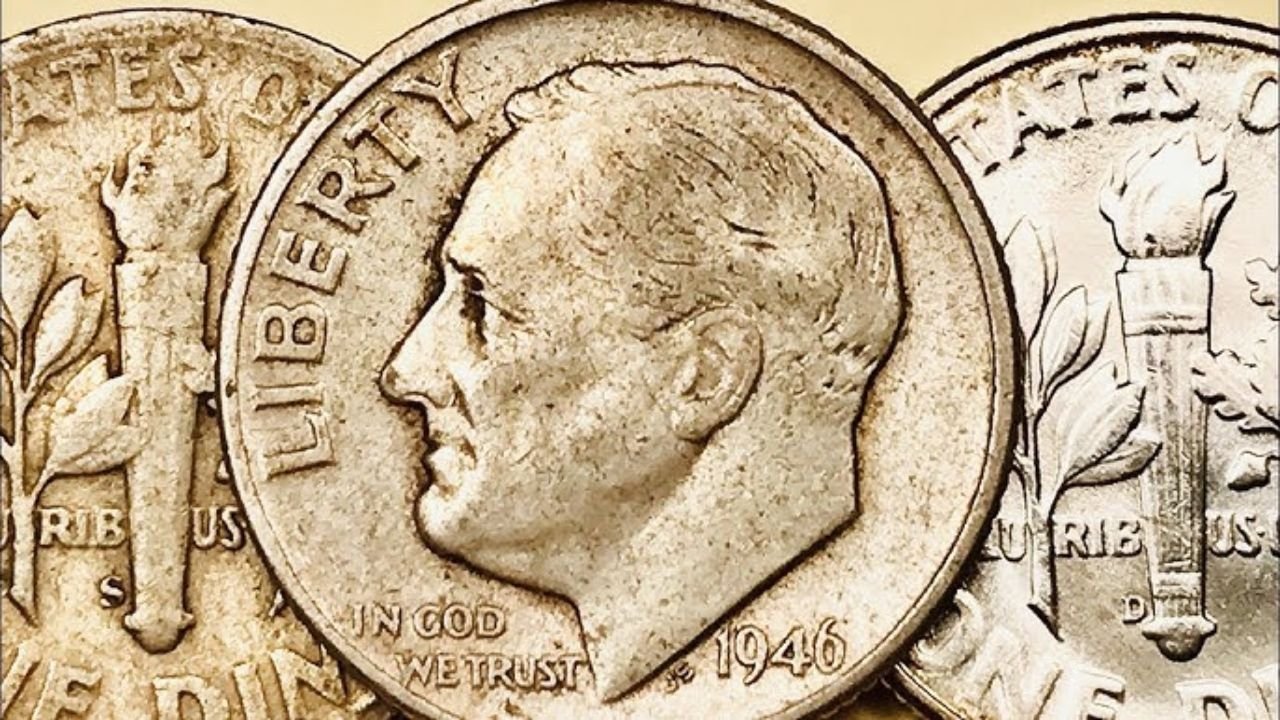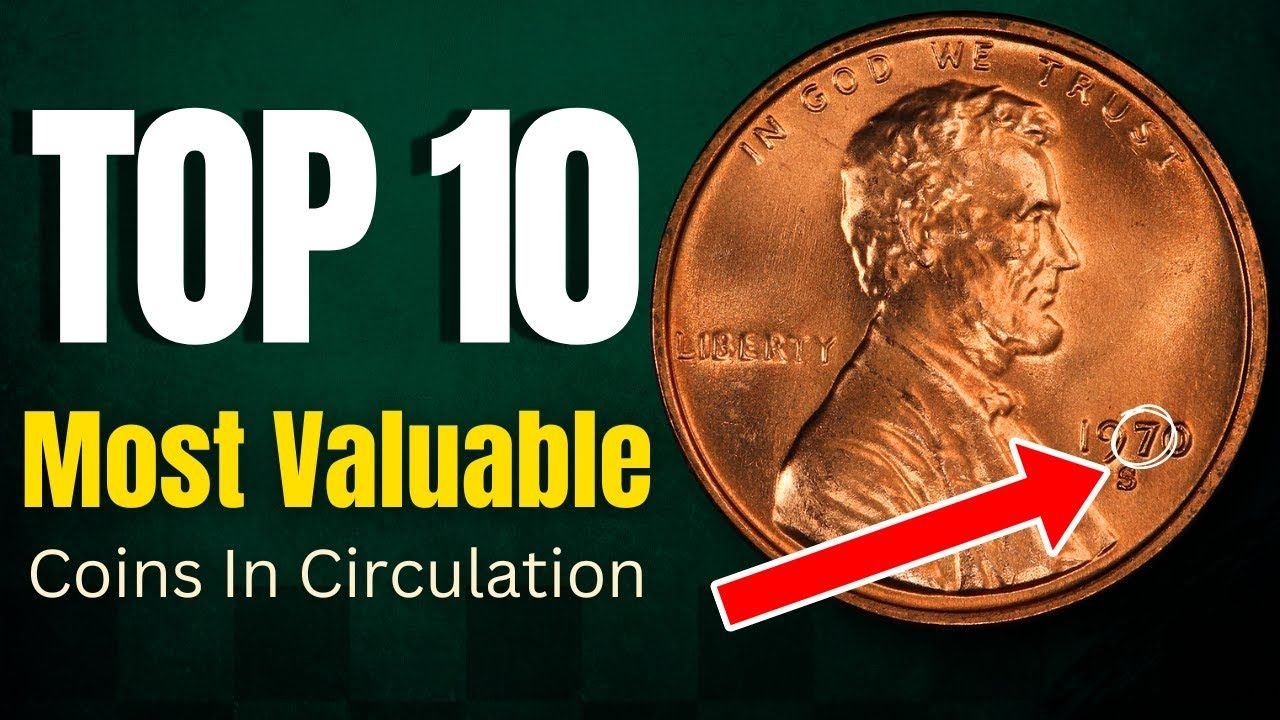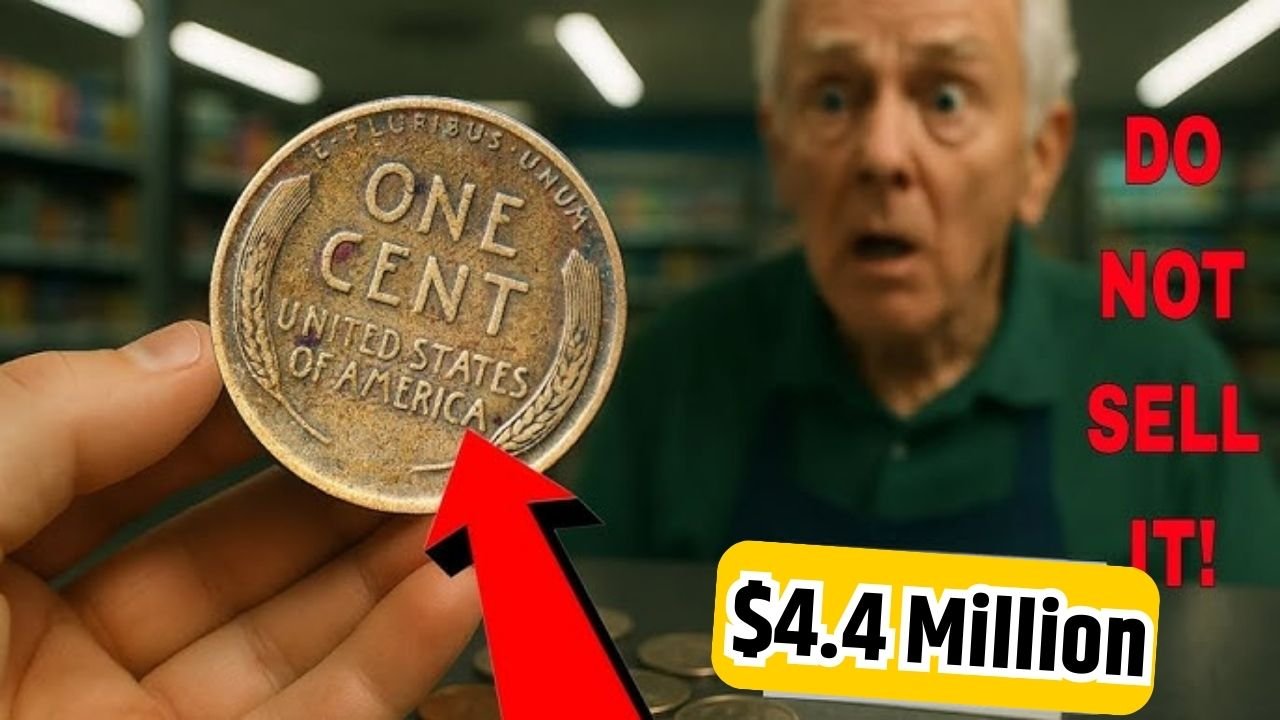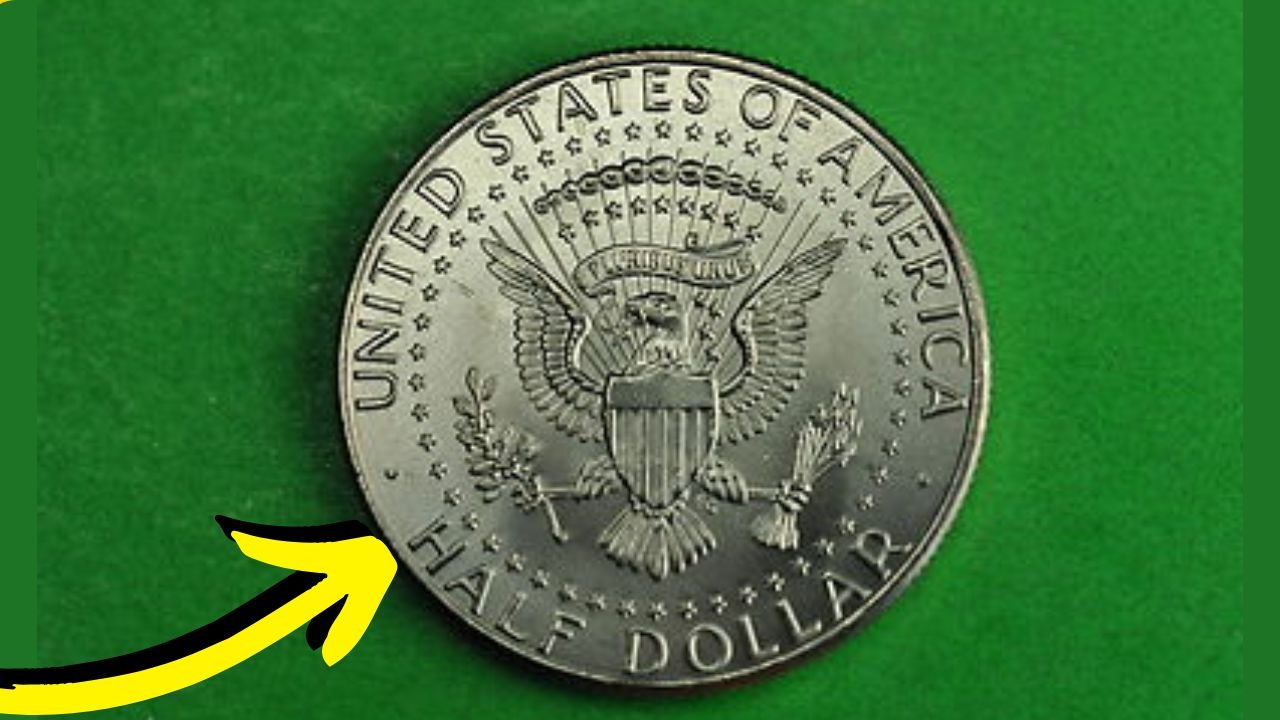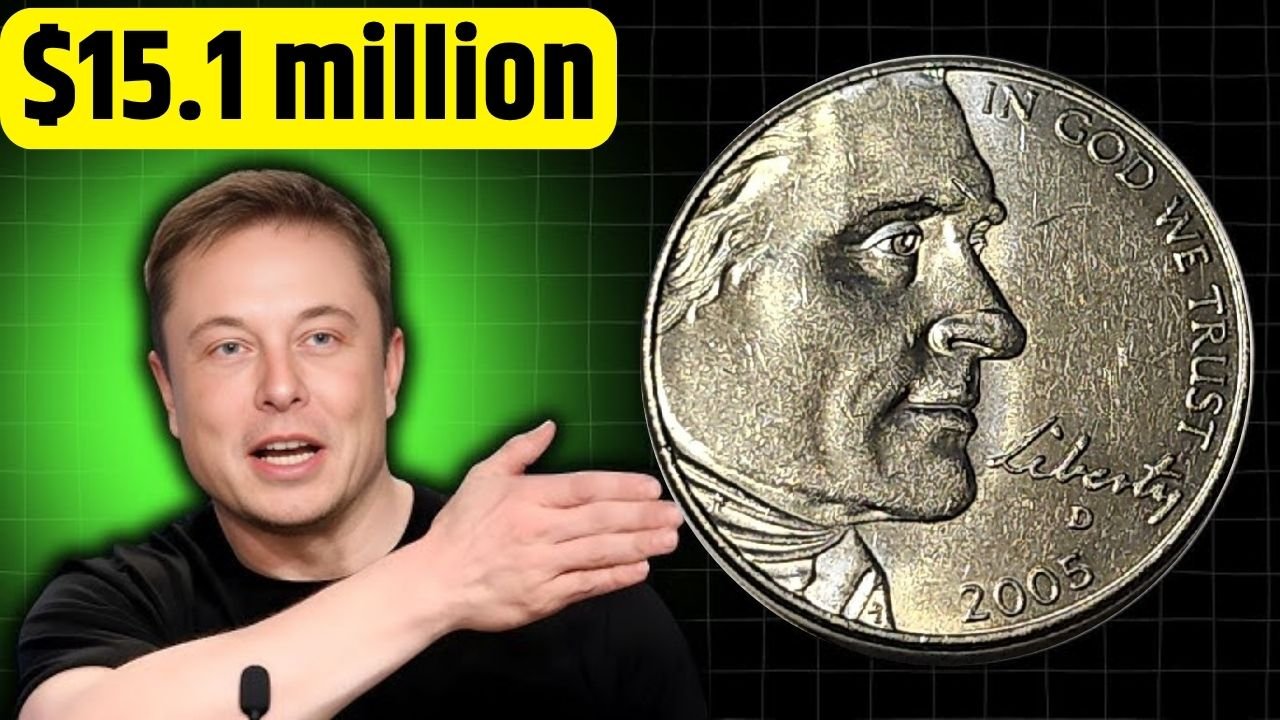Hidden Treasures: In an exciting twist for coin collectors and casual searchers alike, reports have surfaced about certain rare dimes and Bicentennial quarters potentially being valued at staggering amounts—up to $79 million each. While such extreme valuations apply only to the rarest of specimens, the news has sparked a renewed interest in checking old coin jars, inherited collections, and even everyday pocket change. Could you unknowingly possess one of these hidden treasures?
What Makes a Coin Exceptionally Valuable?
Not every old coin is worth a fortune—only a select few reach astronomical prices due to a perfect storm of factors. Rarity is the most critical element; coins with extremely low surviving numbers naturally attract higher demand. Mint errors, such as double strikes, off-center designs, or coins struck on the wrong metal planchet, can turn an ordinary coin into a collector’s dream. Additionally, coins preserved in pristine condition—graded as “mint state” or “proof” by professional services—can fetch premiums far beyond their face value.
The Bicentennial Quarter: Common but Occasionally Priceless
The 1976 Bicentennial quarter, celebrating America’s 200th anniversary, is a familiar sight in circulation. Most are worth just 25 cents, but a few rare variants have sold for astonishing sums. Silver versions (originally intended for collectors), proof coins with deep mirrored finishes, or error-struck pieces can command high prices when certified in top condition. While the average Bicentennial quarter won’t make you rich, the hunt for an exceptional one keeps enthusiasts searching.
Dimes That Defy Expectations
Dimes, often overlooked in daily transactions, have produced some of the most surprising numismatic discoveries. Key dates, missing mintmarks, and off-metal strikes can turn a simple 10-cent piece into a five- or six-figure treasure. Some of the most valuable dimes include the 1894-S Barber dime (with only nine known to exist) and modern error coins that accidentally entered circulation.
How to Spot a Potential Treasure
If you’re curious whether your loose change could be valuable, here’s what to look for:
- Unusual Features: Double images, misaligned strikes, or missing details could indicate a mint error.
- Mintmarks and Dates: Some years and mint locations are rarer than others. Research key dates for dimes and quarters.
- Weight and Composition: Silver coins weigh slightly more than their copper-nickel counterparts. A small kitchen scale can help identify possible silver pieces.
- Professional Grading: If you suspect you have something special, consult a reputable coin grading service for authentication.
Staying Realistic in the Search
While headlines about $79 million coins are thrilling, it’s important to approach coin hunting with realistic expectations. Most circulated coins won’t be worth life-changing sums, but learning about errors and varieties can help you recognize truly valuable pieces. If you do stumble upon a rare find, handle it carefully—fingerprints and improper cleaning can diminish its value.
Frequently Asked Questions
Can you still find valuable dimes and quarters in circulation today?
Yes, though it’s rare. Occasionally, old collections are spent by accident, or mint errors slip into circulation unnoticed.
Why would a coin be worth millions?
Extreme rarity, historical significance, and high demand from elite collectors all contribute. Some coins also gain value from famous past owners or unique backstories.
How much is a regular 1776-1976 Bicentennial quarter worth?
Most are worth face value (25 cents), but uncirculated or silver versions can sell for $5 to $100. Exceptional error coins or proofs may reach much higher prices.
Should I clean an old coin if it looks dirty?
Never! Cleaning can permanently damage the surface and reduce its value. Always seek professional advice before attempting any restoration.
The Thrill of the Hunt
Whether you’re a seasoned numismatist or just starting to explore coin collecting, the possibility of discovering a rare dime or quarter adds excitement to everyday life. Who knows? The next time you empty your pockets, you might be holding a piece of history—and maybe even a small fortune.
